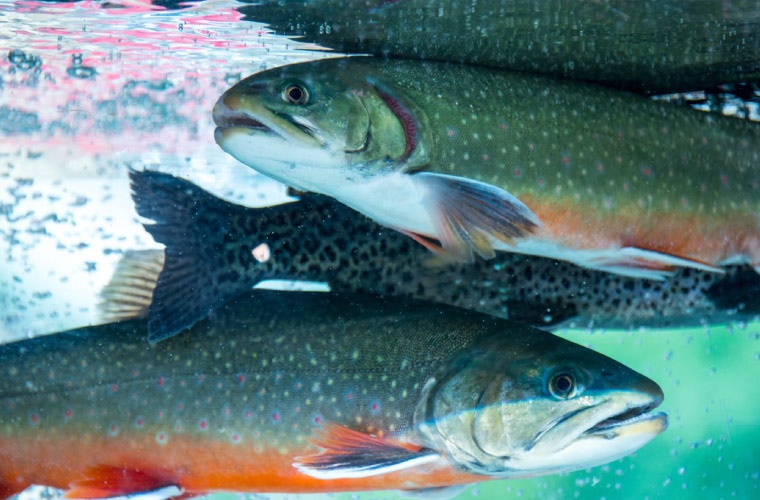
Rainbow trout (Oncorhynchus mykiss), one of the most widely farmed fish species worldwide, faces an enduring biological challenge: the spontaneous development of male traits in genetically female (XX) populations. Although relatively rare (occurring in just 1-2% of cases), this phenomenon-known as spontaneous masculinization-undermines breeding programmes that favour females due to their steady growth and lower vulnerability to disease.
Historically, to curb early male maturation and maintaining all-female stocks, the industry has relied on hormone treatments-an approach increasingly scrutinized over food safety and environmental sustainability concerns.
In this context, a newly published study in Plos One offers promising genetic tools to address the issue. A multidisciplinary research team led by INRAE, AgroParisTech and other European institutions has mapped specific regions of the trout genome (known as QTLs) linked to spontaneous masculinization in XX individuals. Drawing on genomic data from six commercial French trout populations, the study employed advanced statistical analyses, including Random Forest and DAPC (Discriminant Analysis of Principal Components).
What does this mean for aquaculture performance? By applying these findings to genetic improvement programmes, breeders could identify parent fish less likely to produce so-called ‘neomales’. This would enable the production of uniform all-female batches-without the use of hormones-thereby improving productivity and enhancing public confidence in the final product.
Findings: Key Genes and Future Prospects for Selective Breeding
The researchers confirmed the presence of four critical genomic regions (on chromosomes Omy1, Omy12, and Omy20) previously associated with masculinisation. They were also able to pinpoint the locations more precisely and identified genetic variants strongly linked to the phenomenon. Notably, genes such as syndig1, tlx1, and hells on Omy1, as well as khdrbs2 and csmd1 on Omy20, were highlighted for their role in regulating germ cell proliferation and repressing egg cell development-key factors in the shift towards male characteristics, even in the absence of the master sex-determinating gene, sdY.
“Finding a safe, consumer-friendly and environmentally responsible alternative for producing all-female populations remains a major challenge,” note lead authors Audrey Dehaullon and Clémence Fraslin.
The study identified 45 candidates’ genes based on function and location. Many of these are known to play conserved roles across other vertebrates, laying the groundwork for future breeding tools that eliminate the need for hormonal intervention.
This research is part of the NeoBio project, funded by the European Maritime and Fisheries Fund and the French Government. All genomic data generated is available in open access through the ENA repository.


